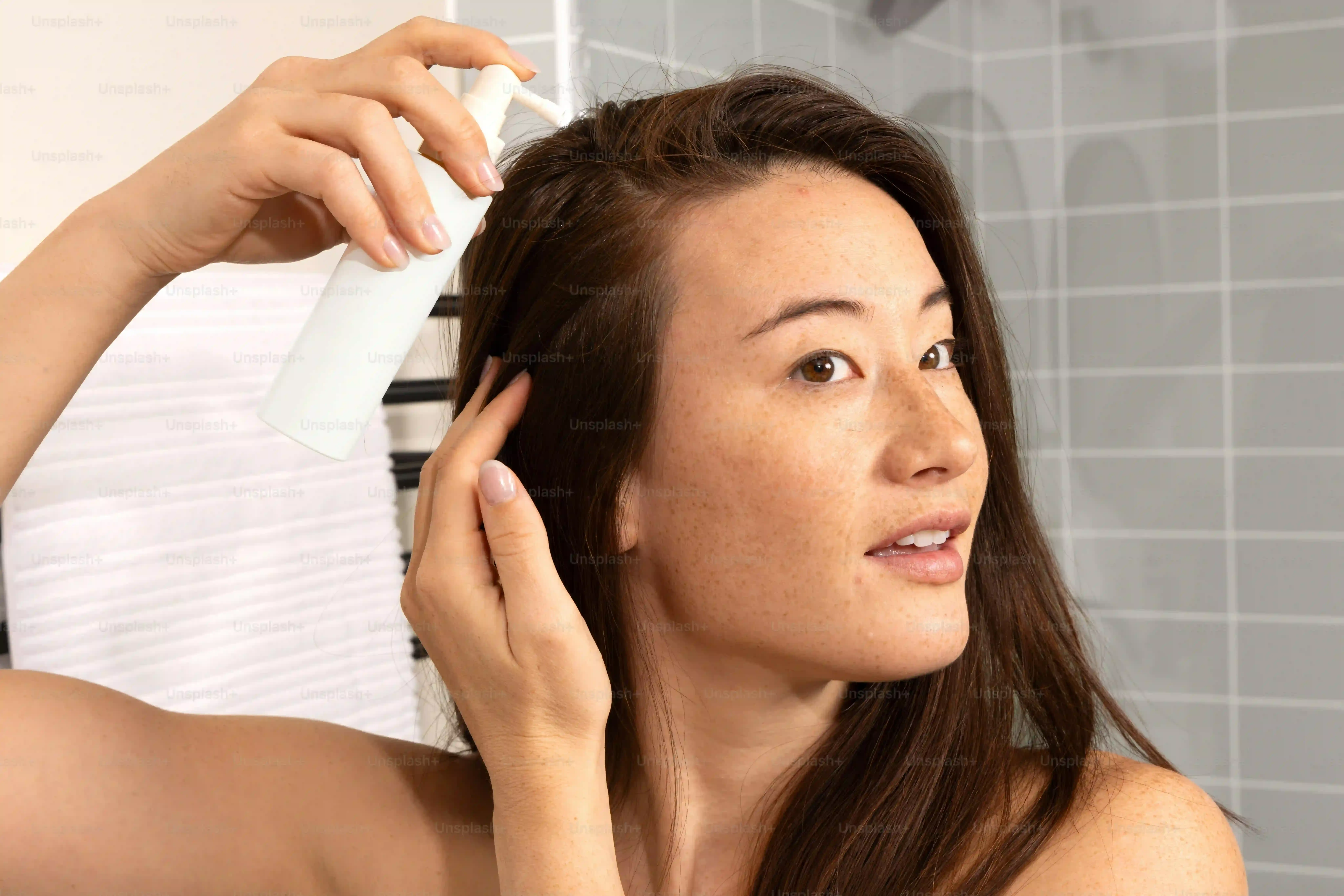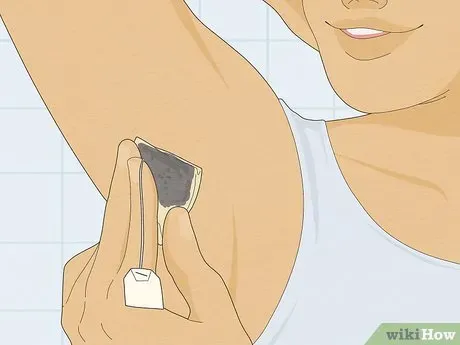Table of Contents
let's be real. That little bump under your skin? The one that throbs a bit and you just *know* there's a hair trapped inside? It's annoying. More than annoying, actually. It's a persistent, sometimes painful reminder of your body's slightly rebellious nature after hair removal.
Why Ingrown Hairs Go Under the Skin

Why Ingrown Hairs Go Under the Skin
The Basic Mechanics: Hair Growth Gone Wrong
so you've got this hair, right? It's supposed to grow up and out of the follicle, minding its own business. But sometimes, for reasons we'll get into, that little hair decides to take a detour. Instead of pushing straight out, it curls back around and grows *into* the skin. Or, maybe it never even makes it out in the first place, getting trapped just below the surface. The skin sees this trapped hair as a foreign invader, like a splinter, and mounts an inflammatory response. That's why it gets red, bumpy, and often painful. It's your body saying, "Hey, what's this doing here?"
Common Culprits: Why Ingrown Hairs Happen Under the Skin
So, why does this happen? A lot of it comes down to how you remove hair. Shaving is a big one, especially if you're using a dull blade or shaving against the grain. The sharp tip of a freshly cut hair can easily pierce the skin before it has a chance to grow out properly. Waxing and epilating can also cause issues if the hair breaks off unevenly below the skin surface. Certain hair types are more prone to it too – curly or coarse hair is basically predisposed to curling back into the skin rather than growing straight out. Dead skin cells hanging around can also block the follicle opening, forcing the hair to grow sideways or downwards instead of upwards.
- Shaving (dull blades, wrong direction)
- Waxing or epilating (hair breaking below skin)
- Curly or coarse hair texture
- Clogged pores (dead skin cells)
- Tight clothing rubbing against skin
Safe Methods: How to Remove Ingrown Hair Under Skin at Home

Safe Methods: How to Remove Ingrown Hair Under Skin at Home
so you've spotted one, maybe even a couple, of those frustrating bumps and you're thinking, "Alright, how do I get this out without making a total mess of my skin?" The good news is, for many ingrown hairs, especially those not showing signs of infection, you can often encourage them to come out at home using some simple, non-invasive methods. The goal here isn't to grab tweezers and start digging immediately – that's usually where things go south. Instead, we want to create conditions that help the hair find its way out naturally or make it easier to access safely. This often starts with softening the skin and reducing inflammation. Let's look at some gentle ways on how to remove ingrown hair under skin without causing more harm than good.
Tools and Techniques for Removing Ingrown Hair Under Skin

Tools and Techniques for Removing Ingrown Hair Under Skin
Getting a Little Help: When Tools Come In
so you've tried the warm compresses, the exfoliation, and the stubborn little hair is still playing hide-and-seek under your skin. Sometimes you need a little mechanical assistance to coax it out. But this is where you need to be surgical, not savage. The goal is to gently free the trapped tip of the hair so it can grow outwards, not to excavate a crater in your skin. The right tools, used correctly, can make all the difference in how to remove ingrown hair under skin without causing a bloody mess or worse, an infection. Think precision, not brute force.
When Not to Try to Remove Ingrown Hair Under Skin Yourself

When Not to Try to Remove Ingrown Hair Under Skin Yourself
Signs of Trouble: When It Looks Infected
Look, I get the urge. That little red bump just screams "get me out!" But if that bump has graduated from merely annoying to actively angry, you need to step away from the tweezers. We're talking about clear signs of infection here: spreading redness around the area, warmth to the touch, significant pain, swelling that looks more like a boil than a simple bump, or worst of all, pus. Trying to extract an ingrown hair when it's already infected is like poking a bear with a stick – you're only going to make things worse. You risk pushing the infection deeper, spreading it, or causing a much nastier skin issue that will require actual medical intervention.
Seriously, if it looks like it's brewing something nasty, your DIY project on how to remove ingrown hair under skin just got cancelled. Leave it alone and consider talking to a doctor.
Deep and Painful Ingrowns: Not a DIY Job
Sometimes an ingrown hair isn't just sitting right under the surface waiting for a gentle nudge. It can be buried deep, causing a hard, painful lump. These deep ones are often much harder to access without causing significant trauma to the surrounding skin. Attempting to dig these out at home almost guarantees you'll create a larger wound, increase the risk of infection, and potentially cause scarring. It's frustrating, I know, but brute force isn't the answer here.
Think about the potential damage versus the temporary satisfaction of *maybe* getting it out. It's usually not worth the trade-off. If you have a deeply embedded, painful ingrown hair, professional help is the safer route.
- Spreading redness
- Increased pain
- Significant swelling
- Warmth around the bump
- Presence of pus
- Hair feels deeply embedded
- Bump is large and hard
Recurring Issues: A Pattern of Problem Ingrowns
Maybe you successfully dealt with one or two ingrown hairs in the past. Great! But if you're constantly battling them, especially in the same area, or if you have multiple ingrown hairs popping up frequently, it's a sign there's an underlying issue that home remedies aren't addressing. This pattern could indicate a chronic condition, a reaction to your hair removal method, or a skin sensitivity that needs a different approach. Continuously trying to extract them yourself without understanding the root cause is a losing battle and can lead to chronic irritation and scarring.
If ingrown hairs are a constant problem for you, it's time to look beyond simply how to remove ingrown hair under skin one by one and explore longer-term solutions or consult a dermatologist. They can help identify why this keeps happening and suggest more effective treatments or preventative measures.
Preventing Future Ingrown Hairs Under the Skin

Preventing Future Ingrown Hairs Under the Skin
so we've talked about the annoying reality of ingrown hairs and how to deal with them when they pop up. But honestly? The best way to handle an ingrown hair is to make sure it never forms in the first place. Think of it as proactive skincare instead of reactive damage control. Preventing future ingrown hairs under the skin saves you pain, irritation, and the temptation to become a bathroom surgeon. It often involves tweaking your hair removal routine and giving your skin a little extra TLC. It's not always glamorous, but a little effort goes a long way in keeping your skin smooth and bump-free.
Wrapping Up Those Pesky Ingrowns
Look, dealing with ingrown hair under skin is rarely a walk in the park. It takes patience, the right approach, and honestly, sometimes a bit of luck. We've covered why they happen, how to attempt safe removal at home (emphasis on safe), what tools are actually useful, and perhaps most importantly, when you need to put down the tweezers and let a professional handle it. Remember, prevention through proper exfoliation and shaving techniques is your best long-term strategy. Treating your skin right is key to keeping these unwelcome bumps at bay, and sometimes, that means admitting defeat and seeking help rather than creating a bigger problem trying to play dermatologist.
